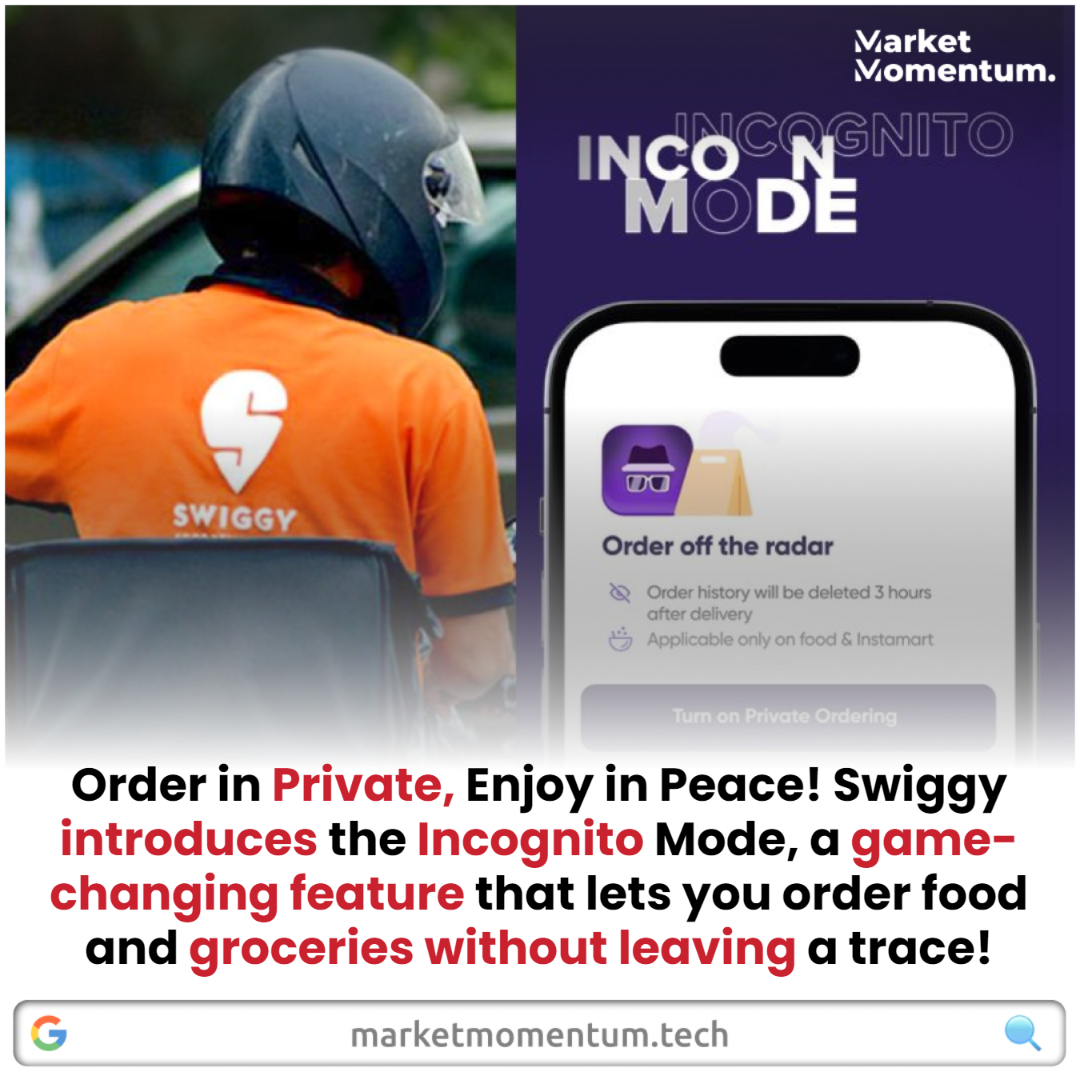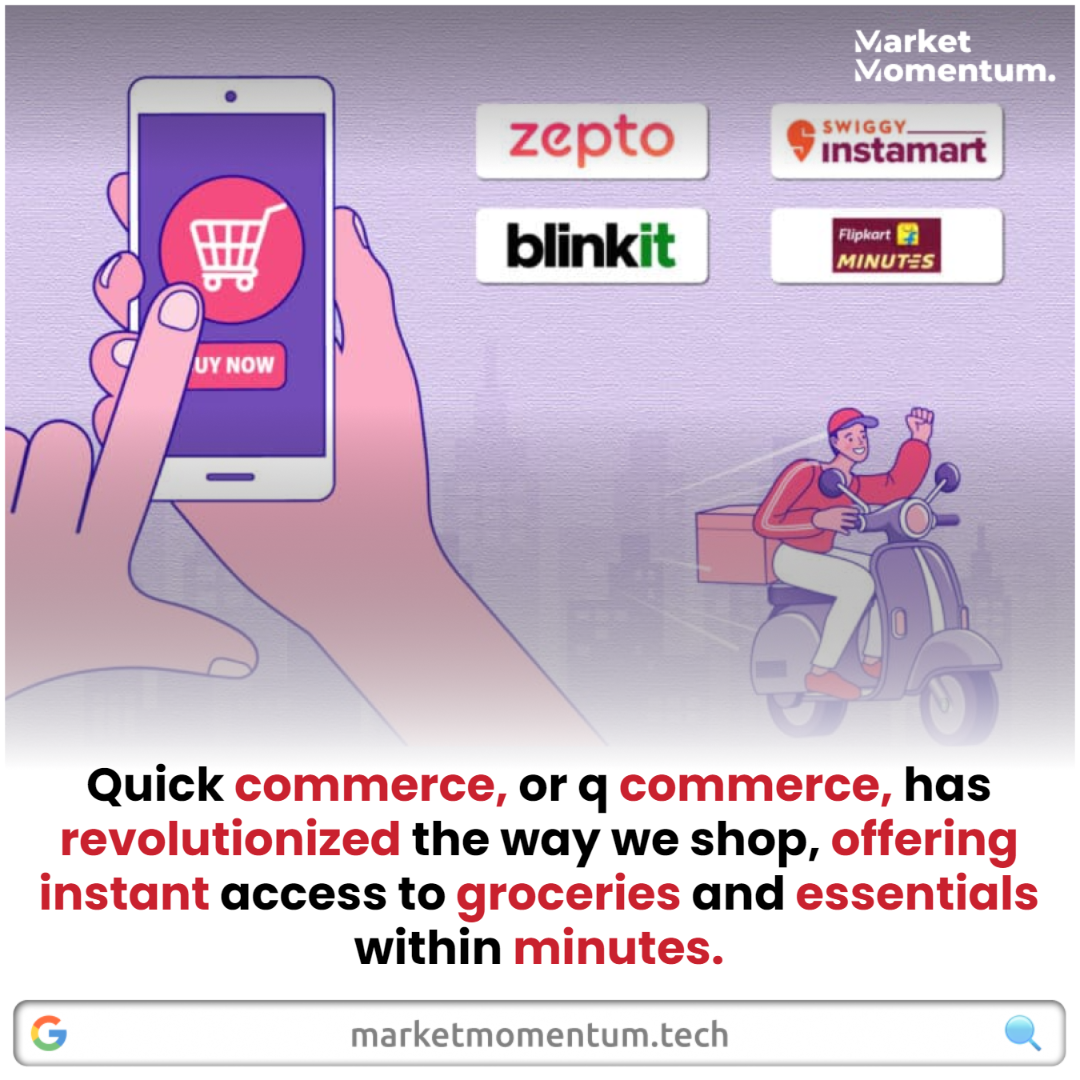Quick commerce platforms are expanding into smaller Indian cities, tapping into new markets and driving rapid growth with efficient delivery and localized services.
Summary
Quick commerce platforms are rapidly expanding their services into smaller cities across India. Leveraging growing internet penetration and an increase in demand for fast deliveries, these platforms are unlocking new markets. The move promises opportunities for increased revenue and the ability to cater to localized needs. As they tap into underserved markets, quick commerce companies are set to redefine consumer convenience beyond major urban centers.
Introduction
Quick commerce, or q-commerce, has revolutionized the way we shop, offering instant access to groceries and essentials within minutes. Initially, the focus of these platforms was on metropolitan areas with high demand and dense populations. However, a new trend is emerging as q-commerce players shift their focus toward Tier-2 and Tier-3 cities. With smaller cities increasingly becoming digital, quick commerce platforms see a golden opportunity to expand their reach and market share.
Detailed Analysis
1. Why Are Quick Commerce Platforms Eyeing Smaller Cities?
The expansion of quick commerce platforms into smaller cities is driven by two main factors: increased internet penetration and changing consumer behavior. With affordable smartphones and cheaper data plans, smaller cities have seen a digital transformation, making them attractive markets for tech-driven businesses. Additionally, consumers in these areas are now seeking the same convenience of rapid deliveries that metro cities have enjoyed for years.
As urban markets become saturated and competitive, q-commerce platforms are realizing the potential for growth in less explored regions. This strategic shift allows them to tap into new user bases and capitalize on rising demand for instant deliveries, which has been bolstered by the pandemic’s impact on consumer habits.
2. Challenges & Opportunities in Tier-2 and Tier-3 Markets
While the expansion offers exciting growth potential, it is not without its challenges. Logistics can be more complex in smaller cities, given the lack of infrastructure and operational complexities. Delivery times might need to be adjusted, and fulfillment centers may need to be established to serve these regions efficiently.
On the other hand, the opportunities are significant. Quick commerce platforms can provide localized services, catering to the specific needs of smaller cities, which often differ from their metro counterparts. Customizing product offerings and tailoring marketing strategies to these regions can yield high returns. The relatively low competition in these areas also gives early movers a strategic advantage.
3. Key Players Leading the Expansion
Some of India’s leading q-commerce platforms have already begun extending their reach into smaller cities. Blinkit, Dunzo, and Zepto are exploring these markets with a clear vision of capturing the next wave of e-commerce growth. These companies have started rolling out their services in Tier-2 and Tier-3 cities, offering the same promise of 10-20 minute deliveries.
With their established technological infrastructure and operational expertise, they are well-positioned to execute this shift. By employing local partnerships and setting up hyperlocal fulfillment centers, these platforms aim to replicate their urban success stories in smaller cities across India.
4. The Impact of Quick Commerce Expansion
The expansion into smaller cities will not only benefit businesses but also have a lasting impact on local economies. It will create new job opportunities, particularly in delivery and logistics, while also driving demand for locally sourced products. Furthermore, small businesses and local vendors in these cities will have the chance to reach wider audiences by partnering with q-commerce platforms.
The availability of quick deliveries will improve consumer experiences in smaller cities, fostering greater digital inclusion and further accelerating the shift toward e-commerce. With a large percentage of India’s population living outside of major urban centers, the growth potential for quick commerce platforms is enormous.
Conclusion
The expansion of quick commerce platforms into smaller cities marks a pivotal shift in the Indian e-commerce landscape. As q-commerce companies tap into these new markets, they are unlocking opportunities for growth and transforming the way consumers in smaller cities shop. The journey may present challenges, but with the right strategies and localized approaches, quick commerce is poised to become a crucial part of everyday life in India’s Tier-2 and Tier-3 cities.
References
- Inc42. (2024). Quick Commerce Platforms Expand into Smaller Cities
For the latest updates, stay tuned with marketmomentum.tech for more updates on this story as we continue to monitor the situation.





